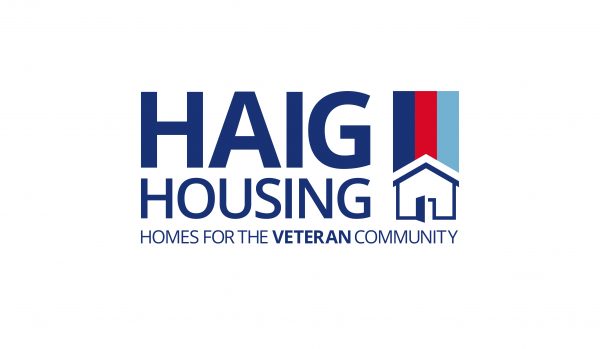When we introduced the levy bands based on fundraising spend in September 2016 we agreed to make no changes to them for three years, until August 2019. These are challenging financial times for all organisations, so we want to keep the costs of regulation down, at the lowest amount we need to be effective.
Levy year 3 has so far brought in around £1.93m, just short of the £2.2m running costs set out in our Strategic Plan (the Cross Party Review recommended a budget of between £2.2 and £2.5 million). We’re very pleased that around 95% of the levy has been paid this year by charities within the levy, showing their commitment to good fundraising.
After careful thought, we’ve decided that for years 4 and 5 of the levy (covering September 2019 – August 2021) we’ll be making changes to make sure it’s up to date and accurate. This will also make it fairer for smaller fundraising charities.
From September 2019 we will:
- Continue to base the levy on total fundraising spend
- Decide which levy band a charity falls into based on the information they provided in their most recently filed accounts (up until now we’ve used fundraising spend data from 2014 accounts)
- Introduce two extra bands at the lower end of the levy so that smaller charities move up the scale more gradually. Charities with a fundraising spend of £200,000 – £350,000 a year will be asked to pay £500, and charities with a spend of £500,000 – £750,000 will be asked to pay £1,000.
Larger higher education institutions and arm’s-length bodies will continue to pay a flat rate levy of £1,000. Registration for charities below the levy amount will remain at £50 per year. The costs of registration for non-charities will also stay the same.
See full article here.

















